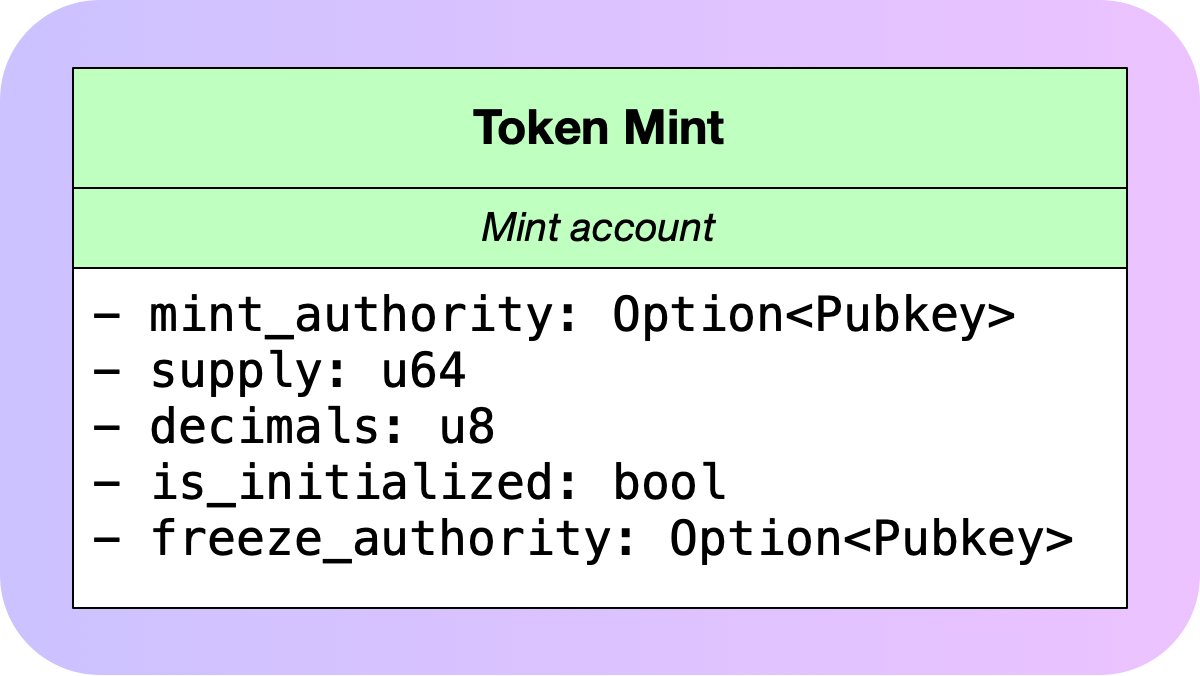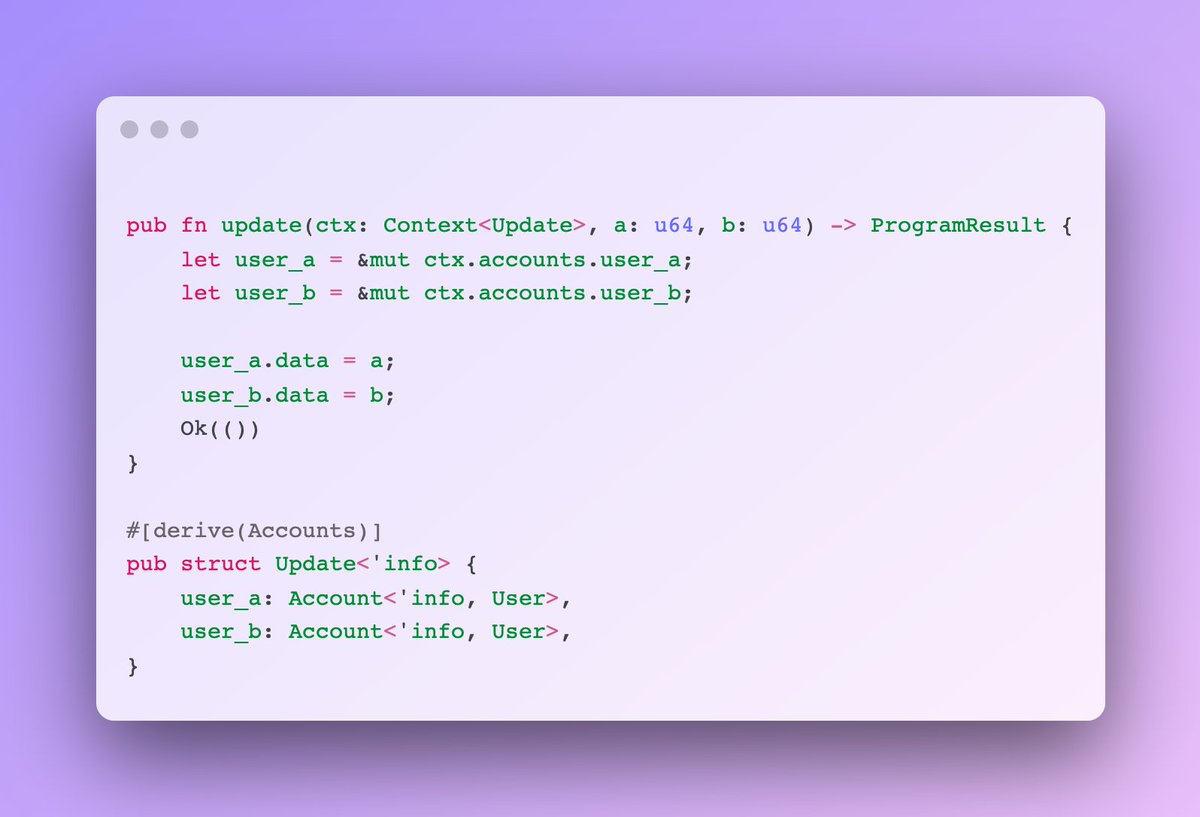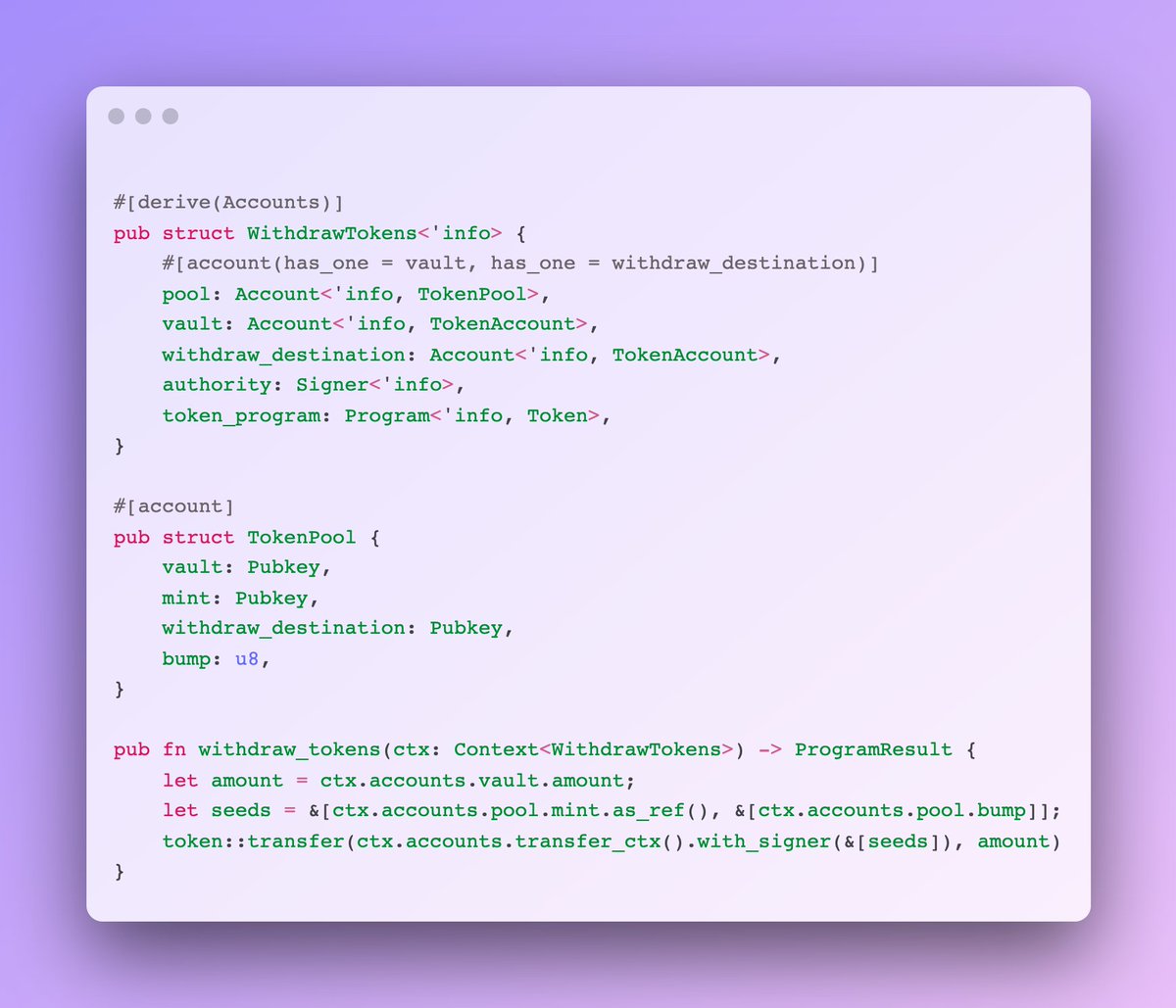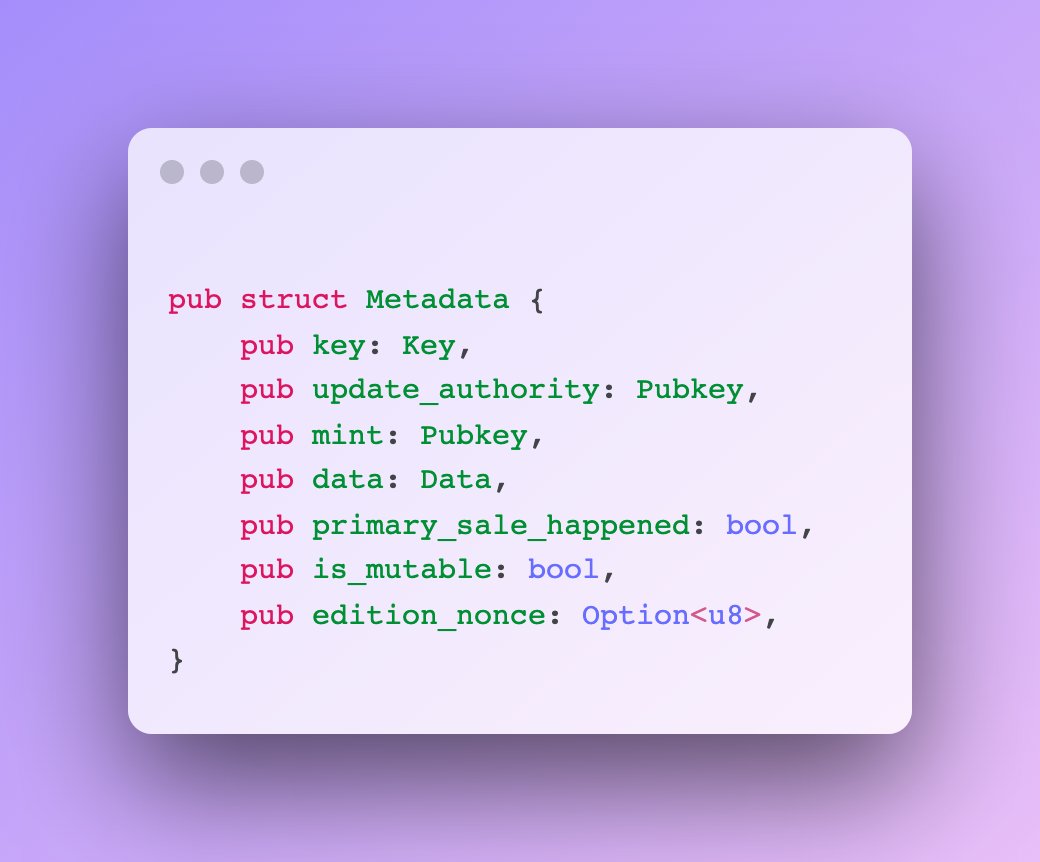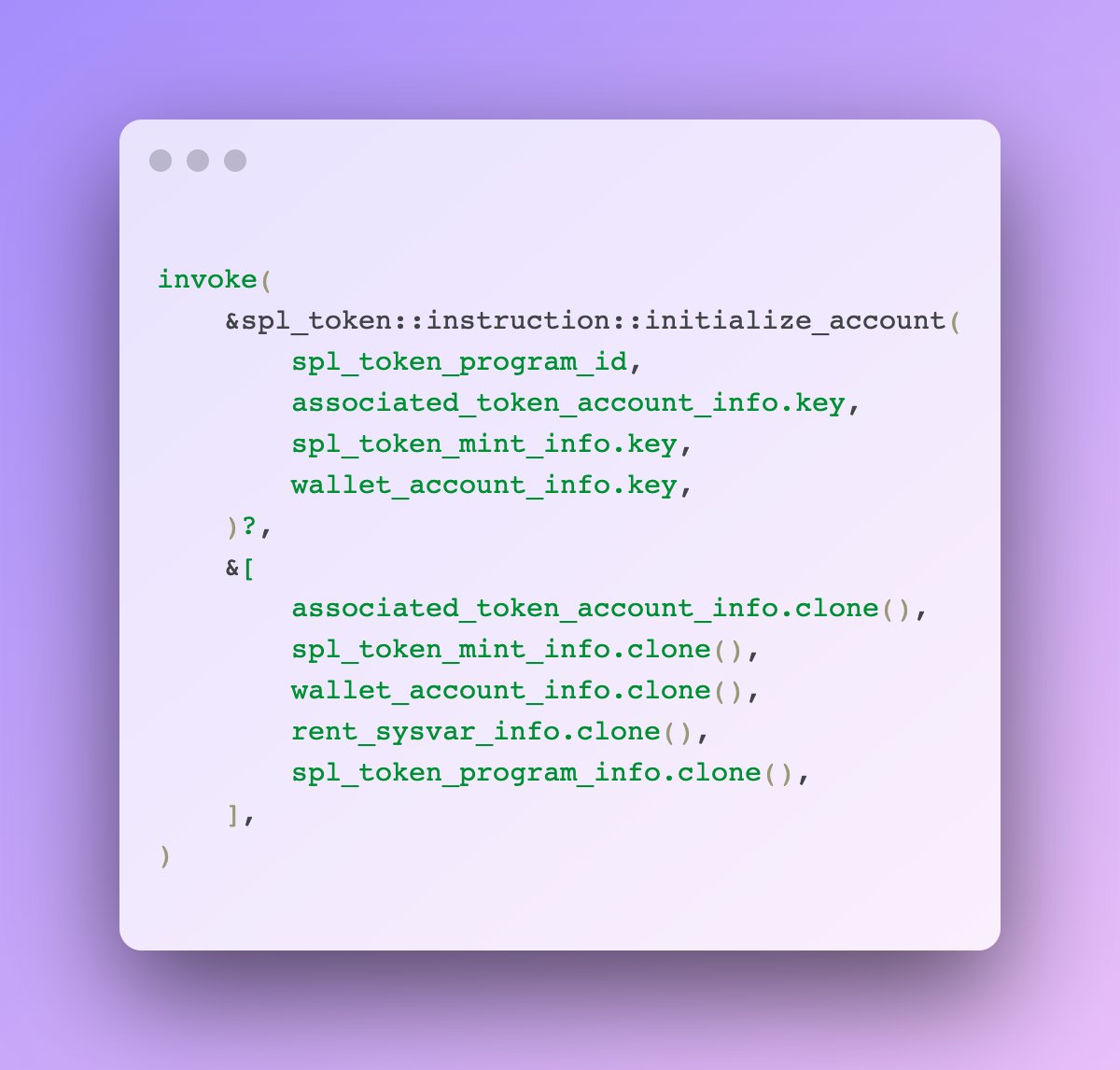
Metaplex recently announced a new Digital Asset Standard, which is meant to improve upon the existing Metaplex NFT Protocol
Their doc, while thorough, is also long and complex 😵💫
So here's a quick and simple summary of the most important improvements
Their doc, while thorough, is also long and complex 😵💫
So here's a quick and simple summary of the most important improvements
https://twitter.com/metaplex/status/1544698830590992384
1/ COST
The DAS reduces the cost to mint a basic NFT from ~0.012 SOL → ~0.003 SOL
I assume NFT compression (basically, moving more data off-chain to save costs) will reduce minting costs even more, but estimated costs for compressed NFTs are not mentioned in the docs
The DAS reduces the cost to mint a basic NFT from ~0.012 SOL → ~0.003 SOL
I assume NFT compression (basically, moving more data off-chain to save costs) will reduce minting costs even more, but estimated costs for compressed NFTs are not mentioned in the docs
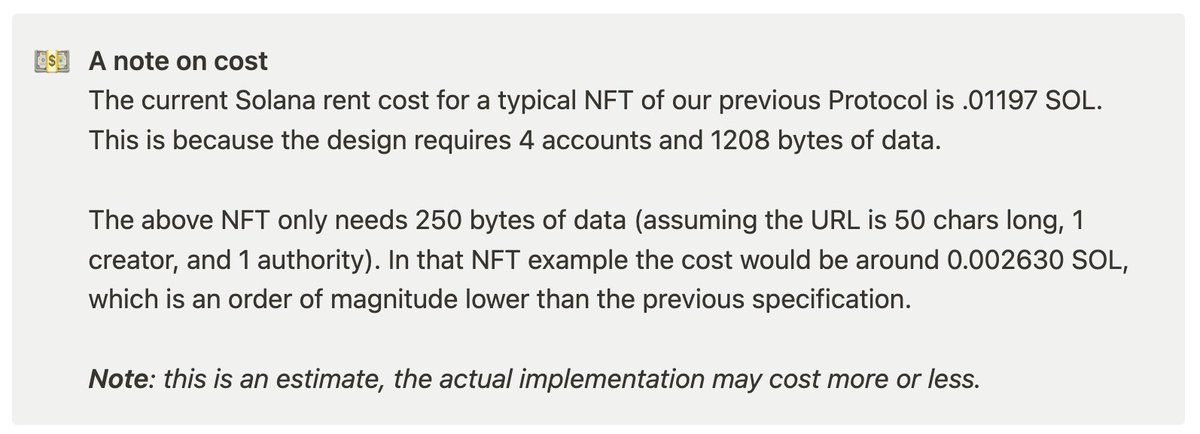
2/ INCREASED FUNCTIONALITY
The DAS moves more functionality into the NFT program
For example, sales will be forced to go through the program, meaning royalties can be enforced
As another example, fractionalization will also be built into the program
The DAS moves more functionality into the NFT program
For example, sales will be forced to go through the program, meaning royalties can be enforced
As another example, fractionalization will also be built into the program
https://twitter.com/meta_hess/status/1548034124585132039
3/ BETTER SUPPORT FOR MORE MEDIA TYPES
Currently, NFTs of static images are rendered consistently across wallets/dapps. But the experience for audiovisual NFTs is inconsistent
The DAS introduces strongly typed JSON schemas for representing different media types
Currently, NFTs of static images are rendered consistently across wallets/dapps. But the experience for audiovisual NFTs is inconsistent
The DAS introduces strongly typed JSON schemas for representing different media types
4/ IMPROVED EXTENSIBILITY
What if you want to extend an NFT with extra data that's custom to your use case?
You can already do this by creating another account that stores the extra data
What if you want to extend an NFT with extra data that's custom to your use case?
You can already do this by creating another account that stores the extra data
But DAS will make it easier to discover these accounts (via a registry), and easier to keep these accounts in sync as the NFT gets sold/burned/etc.
5/ MORE EFFICIENT READS
Instead of using getProgramAccounts (slow), or relying on 3rd party indexers (potentially inconsistent/unreliable), Metaplex will provide its own performant API for querying NFT information
Instead of using getProgramAccounts (slow), or relying on 3rd party indexers (potentially inconsistent/unreliable), Metaplex will provide its own performant API for querying NFT information
https://twitter.com/_austbot/status/1548069447432224769
That's it! DAS definitely has other changes and improvements, but these were the ones that stood out to me
Note that I didn't talk at all about how the DAS actually works... maybe that'll be another thread 😛
Note that I didn't talk at all about how the DAS actually works... maybe that'll be another thread 😛
• • •
Missing some Tweet in this thread? You can try to
force a refresh



